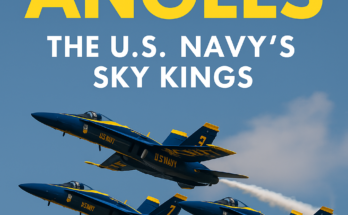
The Nuclear Threat: Why the U.S. Won’t Back Down
For over a decade, Iran has inched closer to developing nuclear weapons, defying international pressure. Now, intelligence suggests they are on the brink of production—a red line for Washington. The U.S. has issued an unmistakable warning: halt the program, or face military strikes
Iran’s Double Game: Bold in Public, Nervous in Private
Publicly, Tehran projects defiance, rallying its people with anti-American rhetoric. But behind closed doors, fear is growing. Sources indicate Iran is scrambling for backchannel negotiations, seeking third-party mediation to avoid a direct confrontation.
The Stealth Bomber Factor: America’s Unseen Threat

The U.S. isn’t just talking—it’s preparing. Last month, five B-2 Spirit stealth bombers**—nearly undetectable by radar and far deadlier than the older B-52s—were deployed to a strategic base in the Indian Ocean. This isn’t just a show of force; it’s a clear signal that **the Pentagon is ready to act.
Will Iran Run Out the Clock?
History suggests Tehran’s next move: stall. With U.S. elections looming, Iran may try to drag negotiations until a new administration takes office—a tactic that has worked before. But this time, Washington’s patience may have run out.
??? The question isn’t if a crisis is coming—but when.
Why This Matters
- Global Security: A U.S.-Iran conflict could destabilize the Middle East, spike oil prices, and trigger wider hostilities.
- Nuclear Proliferation: If Iran succeeds, other nations may follow, leading to a dangerous arms race.
- Military Readiness: The B-2 deployment proves the U.S. is serious—will Iran call the bluff?
??? will Iran call the bluff?
—
What’s Next?
Will diplomacy prevail, or are we on the brink of war? Share your thoughts in the comments.


